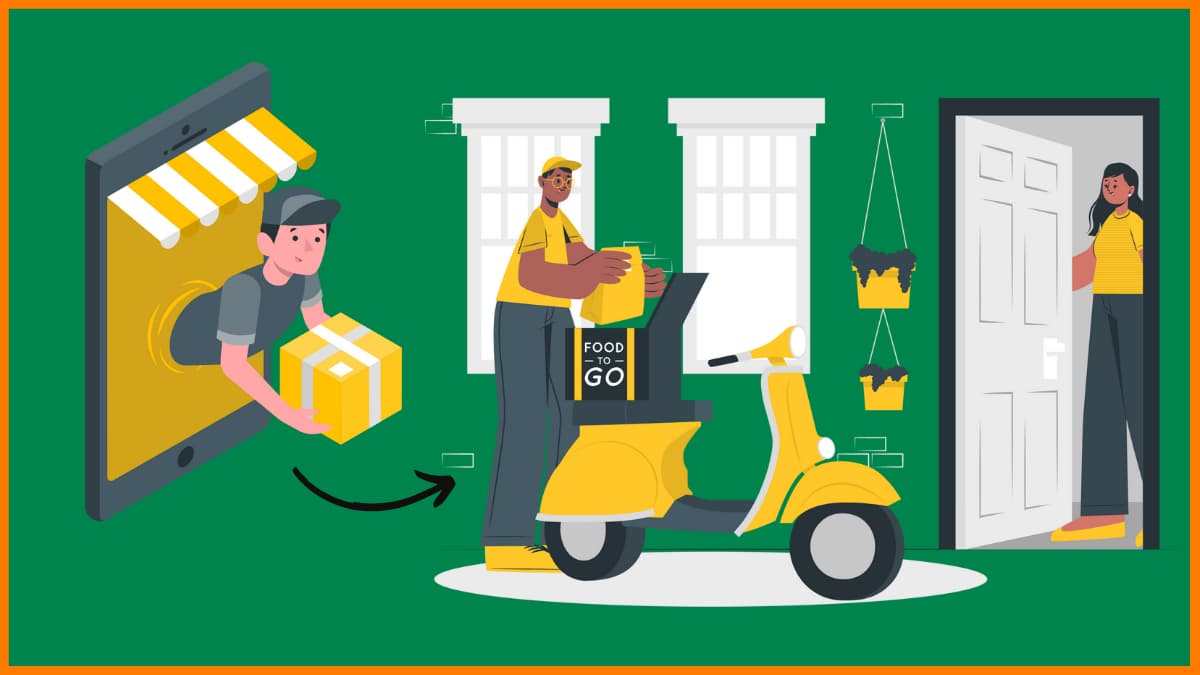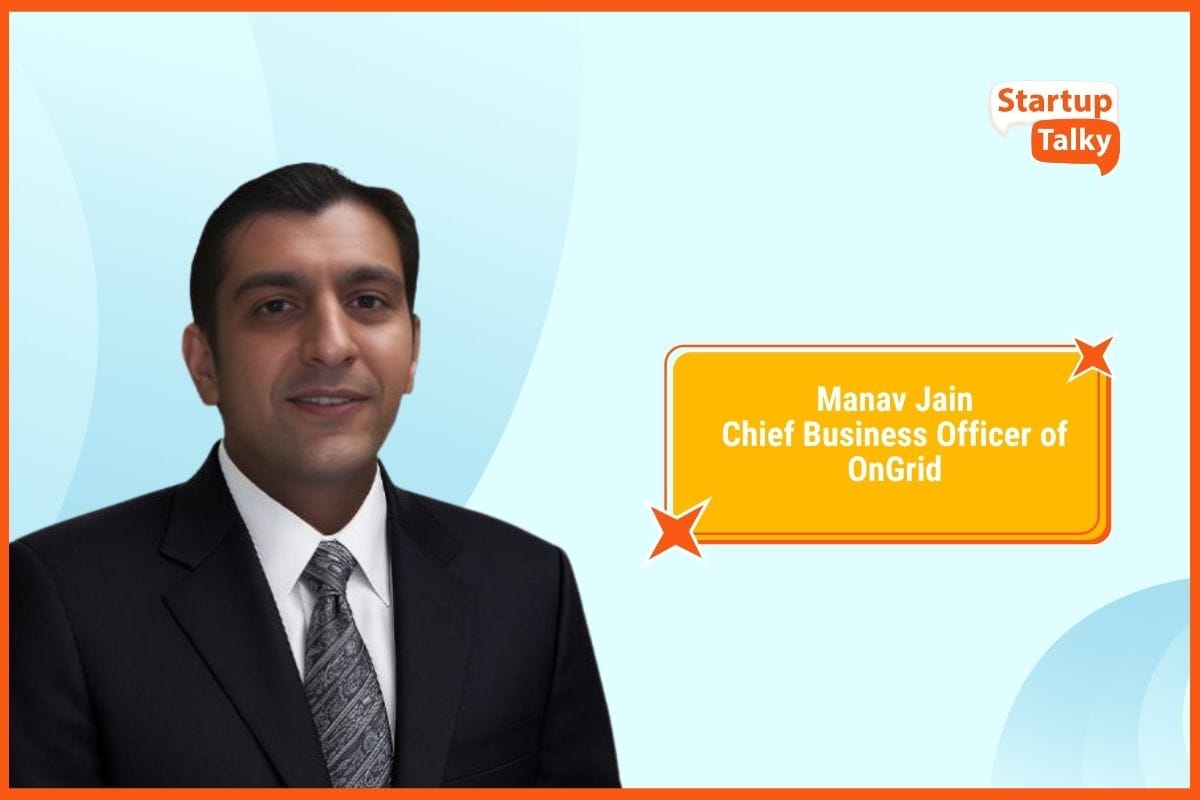Cloud Kitchen Climbing the Expansion Ladder in India
🔍Insights
Multiple research firms have projected that by 2026, the cloud kitchen market in India will be worth $1.9 billion. Because the market recorded a business number of $800 million in 2022, this demonstrates that the market is surging. The consistent growth of online meal ordering is the reason for this increase. The concept of cloud kitchen is not new to the world, in the Western world, it was gaining a lot of traction but as soon as the pandemic struck, this concept received a massive push owing to lockdowns and every country’s government only allowing certain special services to be operated during that tenure.
It is very interesting to note that there are various models of cloud kitchens operating in India. Majorly, four types of cloud kitchens are very popular in the country- Independent cloud kitchens, Multi-brand cloud kitchens, Hybrid cloud kitchen,s and Cloud kitchens owned by delivery apps. New business models in the cloud kitchen industry are emerging as a result of the market disruption caused by specialized service providers offering a range of infrastructure, support, and outsourcing services. The cloud kitchen sector is undergoing significant transformation due to several phenomena. The growing reliance on technology and automation to streamline culinary processes is one notable trend.
According to various media reports, cloud kitchens are trying to get ahead of the competition by using AI and ML-led kitchen automation solutions to standardize food quality and taste while cutting down on kitchen labor.
Advantages of Cloud Kitchens
Utilization of Technological Resources
The Future Ahead
Advantages of Cloud Kitchens
The traditional brick-and-mortar restaurant can be easily replaced by a virtual kitchen, also called a cloud kitchen or a ghost kitchen. The administrative complexity and logistical issues that often hinder the success of the food sector can be reduced with the help of ghost kitchens, allowing users to focus on food production and product promotion. Certain elements make cloud kitchens a profitable game for the restaurant sector.
- A cloud kitchen can do away with a lot of the costs that come with running a regular restaurant. When compared to conventional brick-and-mortar eateries, cloud kitchens should be more cost-effective across the board (infrastructure, overhead, logistics, etc.).
- Cloud kitchens are low-risk ventures since they require less labor and infrastructure to run. The initial investment for a cloud kitchen is far lower than that of a conventional brick-and-mortar eatery.
- The time and resources needed to open a cloud kitchen are one-third of those of a conventional sit-down restaurant. This is because cloud kitchens do not require the hiring of wait staff or the leasing of a prime site.
- One can start a cloud kitchen with almost minimal money outlay for personnel, basic culinary materials, furniture, or decor. The flexibility it gives restaurant owners to try new things, save expenses, and eventually break even is what makes it a successful venture.
- Total Capex is far lower than a full-fledged restaurant because operations are limited to a kitchen. Cloud kitchens allow restaurants to test out new markets and gauge customer perception without investing in expensive equipment.

Utilization of Technological Resources
The cloud kitchen business has already benefited greatly from technological advancements, and this trend will likely continue. Some examples of this could include the integration of robotics and automation into culinary operations to make them run more smoothly, or the creation of more advanced delivery systems that optimise routes and timeframes using machine learning.
Though not widely used as yet in India, robotics has the potential to become an integral part of cloud kitchen systems down the road. Nevertheless, this has cast a shadow over the human workforce, as its implementation would inevitably lead to its replacement. But there's a silver lining: if this change materializes, people will be able to acquire new abilities to operate these robotic systems, making them more technically proficient overall.
According to Adid Khan, Co-founder, RoboFood, “More personalisation choices from cloud kitchen operators are likely on the horizon as customer demands rise. The option to personalise meals, select precise delivery windows, and even specify ingredients and cooking techniques are all possibilities. We should see operators entering new markets and regions as the cloud kitchen business keeps growing. This may involve penetrating untapped markets, such as catering or corporate food service, or moving into adjacent areas.”
The Future Ahead
According to a report by IBEF, an arm of the Department of Commerce, Ministry of Commerce and Industry, Government of India, in India, the cloud kitchen industry is being propelled by factors such as the increasing demand for online food delivery services. Cloud kitchens are booming in India thanks to several factors, including increasing disposable incomes, extensive smartphone usage, simple internet connection, and shifting consumer preferences. More and more individuals are learning about the advantages of cloud kitchens over conventional kitchens, which include higher profit margins and the ability to run "ghost restaurants" from anywhere, which is driving industry growth. Market growth is also being driven by the widespread use of POS, KDS, and inventory management systems to streamline multiple kitchen processes, improve communication, and eliminate order-taking delays. The fast growth of cloud kitchens and the formation of strategic partnerships between major companies to enhance ghost kitchen services are two other factors that contribute to a positive market forecast.
Forecasts indicate that the domestic cloud kitchens market will grow to $2 billion in the current year. The market is expected to expand as more and more people choose to have their food delivered online. Over the next five years, the Indian cloud kitchen industry is expected to experience expansion, driven by factors such as the increasing disposable income of the younger generation and their changing lifestyle choices. An increase in the demand for internet delivery services can be attributed, in part, to the growing popularity of fast food and snacking as alternatives to home-cooked meals. A lot of people are impacted by things like corporate culture, long hours, and not wanting to cook at home. The cloud kitchen sector in India is expected to grow in the next five years, thanks to the proliferation of more convenient payment methods, the rise of cloud payments, and the development of safe payment routes.

Must have tools for startups - Recommended by StartupTalky
- Convert Visitors into Leads- SeizeLead
- Website Builder SquareSpace
- Manage your business Smoothly Google Business Suite







